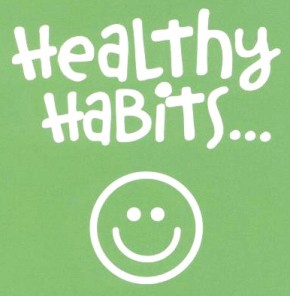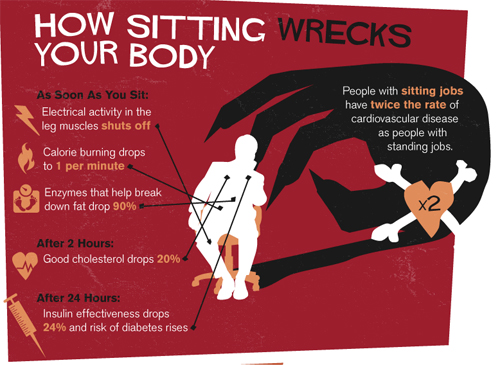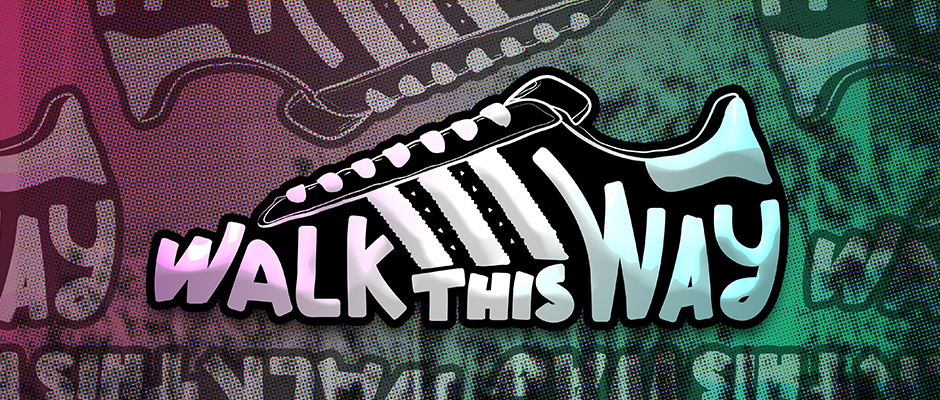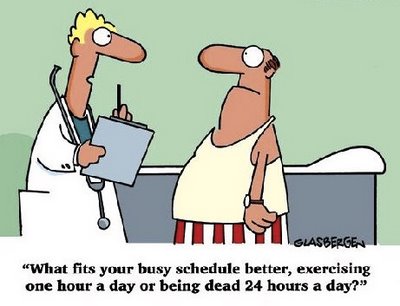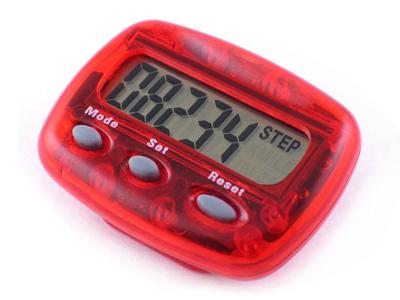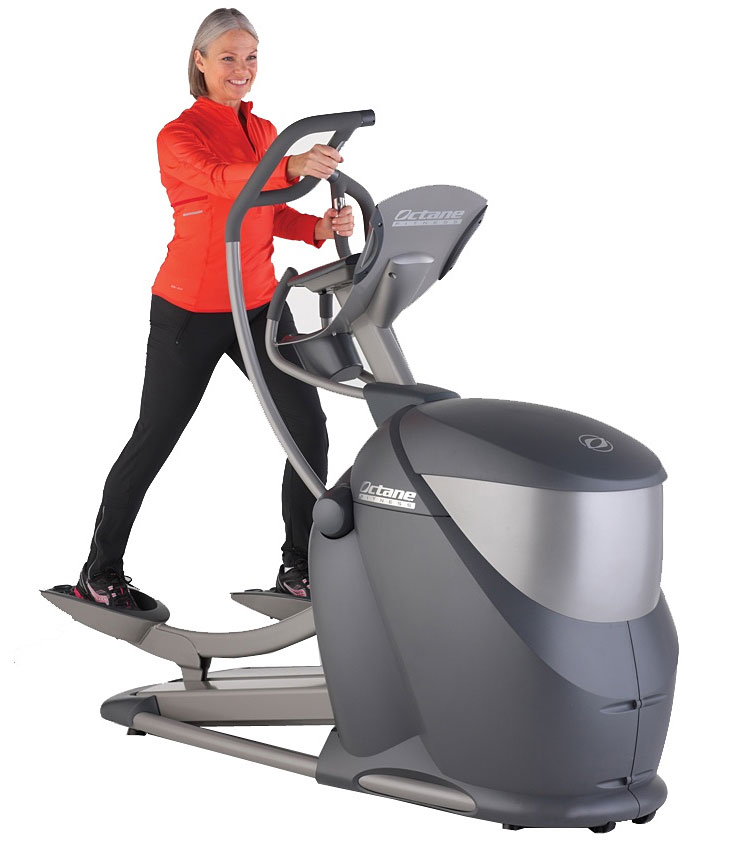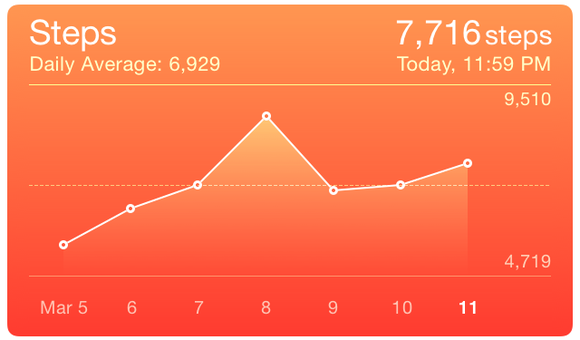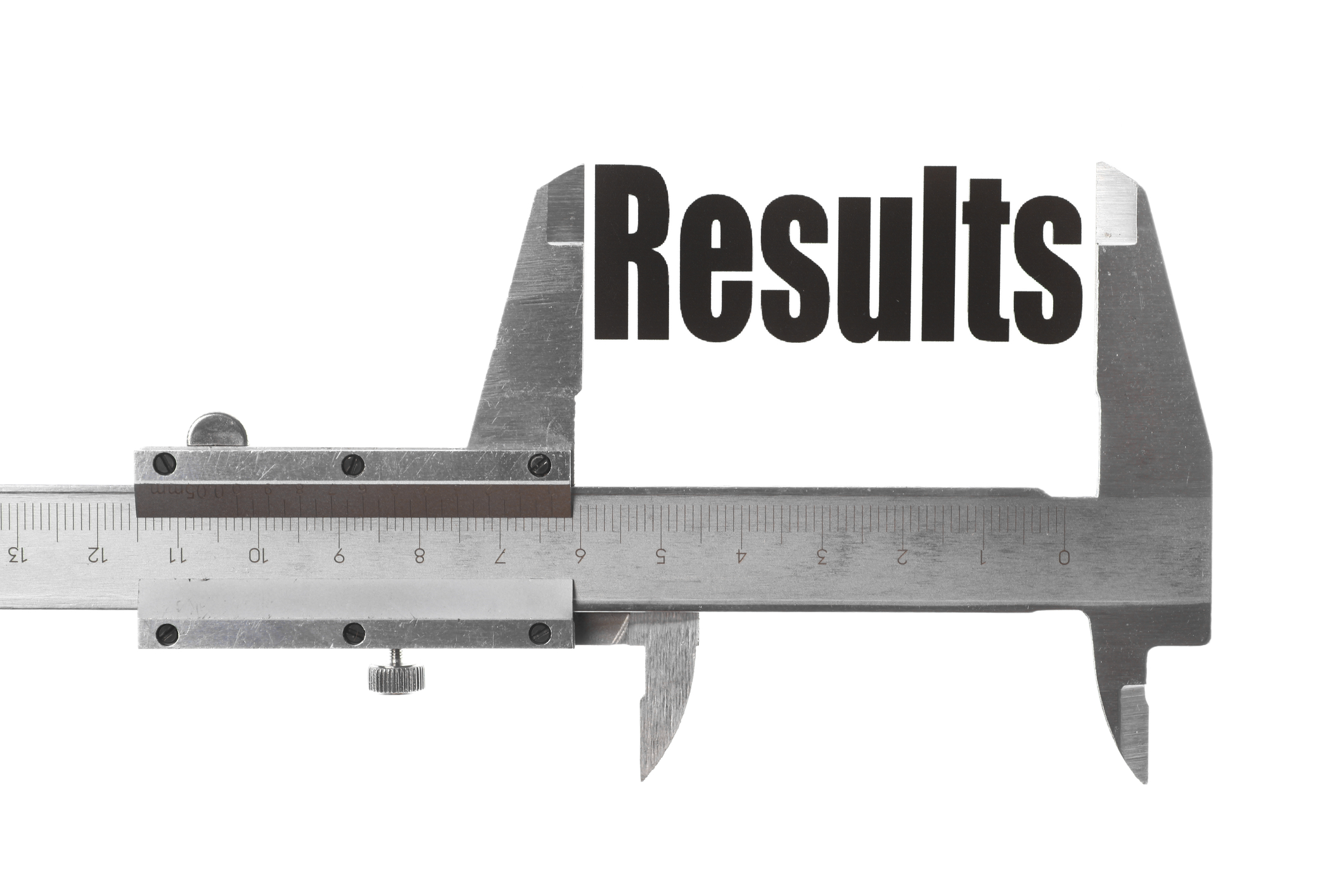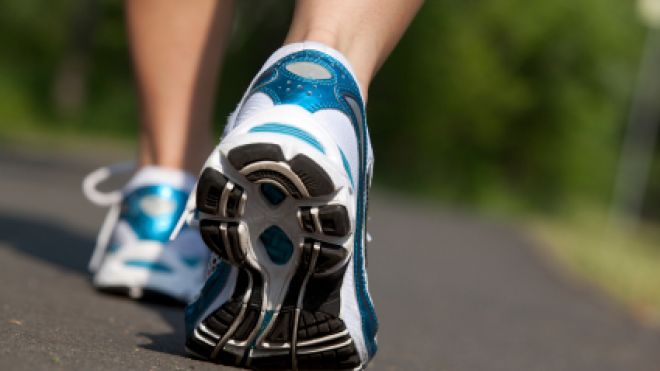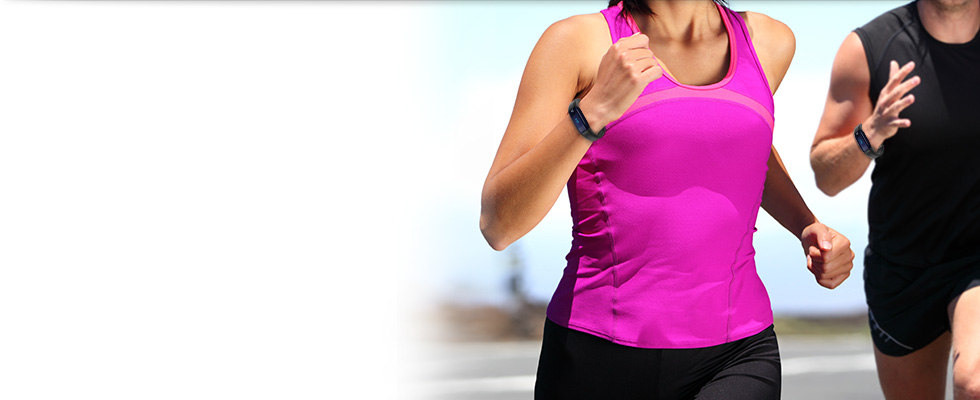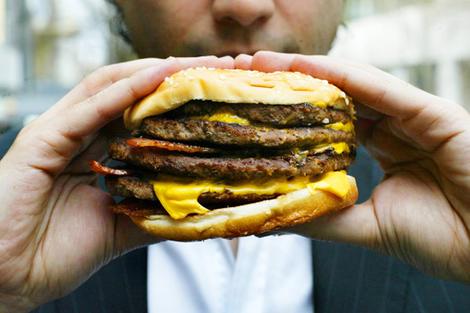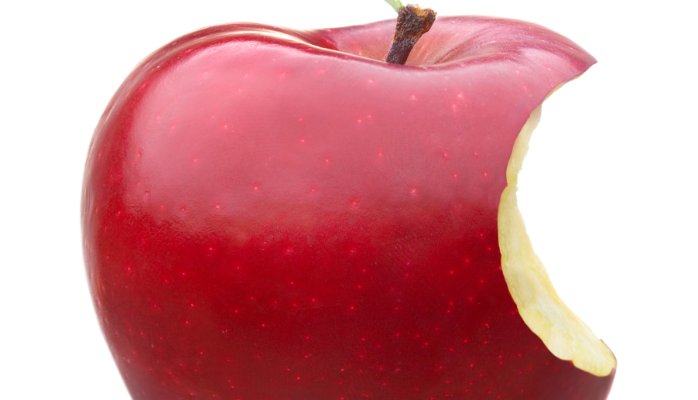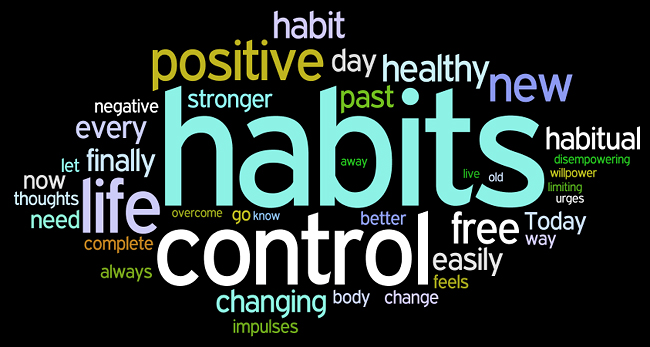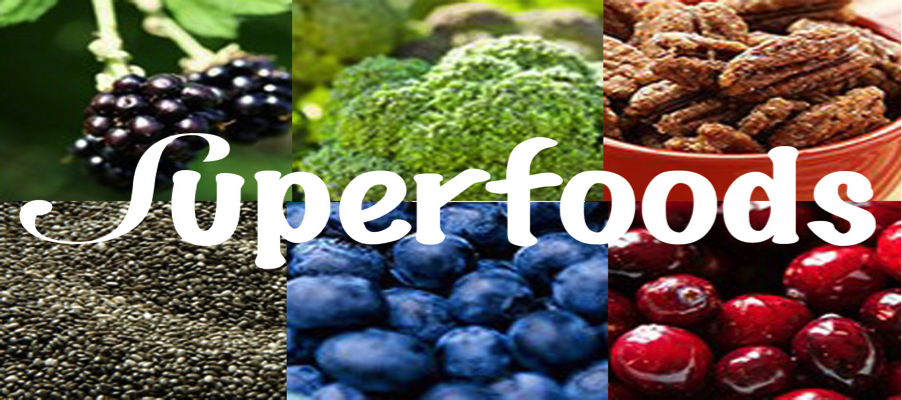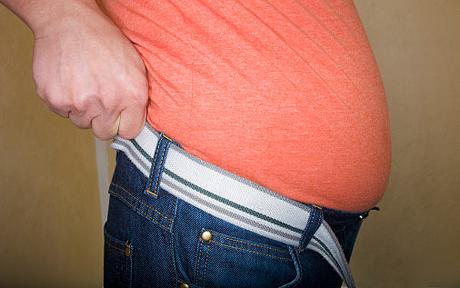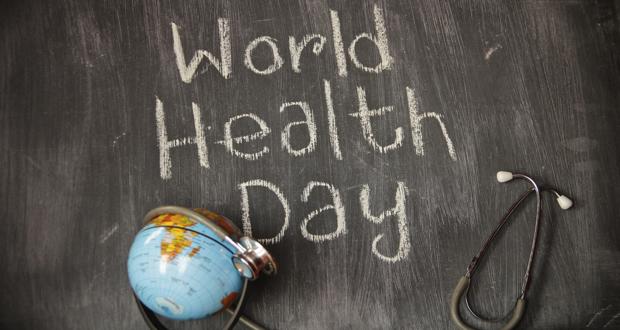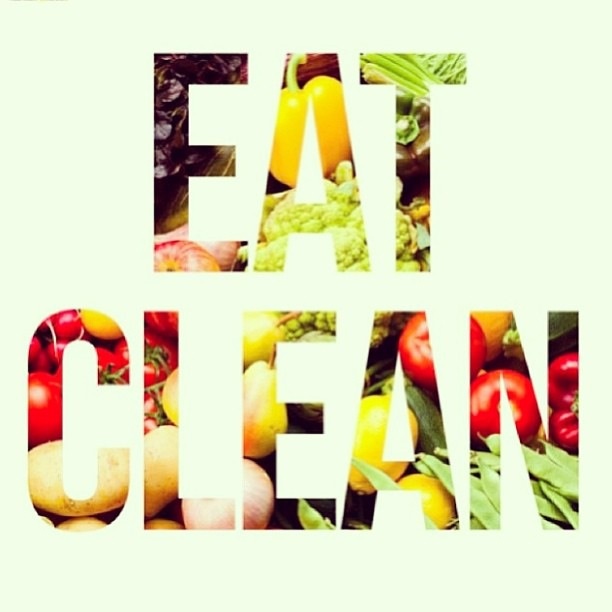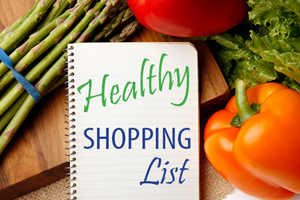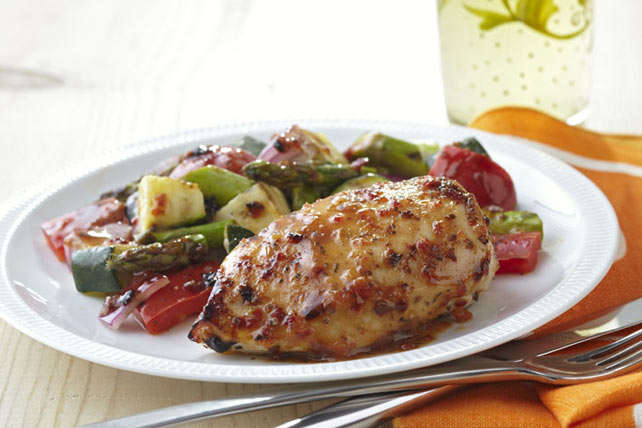You have 5 months of healthy habits to your credit. Awesome!
You do, right?
It’s a new month and we are launching our 6th and final habit.
So what is it? Drum roll please………………
Your 6th healthy habit is………… CALORIES.
If you’re thinking – WTH? Calories aren’t a habit! Then you would be correct. But stay with me and I will make it abundantly clear.
Calories play an important role in our lives. And some would lead you to believe that it’s all about calories in & calories out – PERIOD.
It’s not! But in a way, it is. However, there’s way more to it. So over the next 4 weeks we will unpack this and make it simple to understand and follow. There’s a lot to cover, so let’s dive in.
Science has proven that a difference in the number of calories taken in vs. the number of calories burned will result in either a loss or an increase in body weight, over time. It’s indisputable; however, there may be other factors at play.
So my goal for this post, and the next 3 is to increase your awareness on the topic of “calories”. And to help you incorporate some meaningful healthy habits around this important yet misunderstood topic.
I will help you learn how to turbocharge your own metabolism and turn your body into a fat-burning machine that starts to build lean muscle. And this can only happen with great nutrition and intense exercise.
Let’s begin with some calorie basics.
- What’s a calorie?
A calorie is simply a unit of energy. Nutritionally, calories refer to energy “consumption” based on what we eat and drink. And energy “usage” through physical activity.
- Why are calories important?
We need energy (calories) to live. And we acquire this energy directly from the food and drinks we consume. Without this energy we wouldn’t survive.
- How many calories do you need?
We each have a specific number of calories that our bodies require to function properly. Your Total Daily Energy Expenditure (TDEE) is a metric that quantifies the actual number of calories your body needs to consume daily, including any calories you burn during exercise and physical activity.
TDEE is calculated by scaling your Basal Metabolic Rate (BMR; not BMI) to your level of activity. Your BMR is the amount of energy expressed in calories that your body needs to function at rest.
But don’t try to calculate this manually. There are plenty of good online calculators. Click here for a TDEE calculator. And if you’d like to calculate your BMR separately, click here.
Your TDEE calculation is the first step in identifying your daily energy / calorie requirements. And remember, as your weight, body mass, age, and activity level changes, so does your TDEE.
- What are macronutrients?
Macronutrients are the main components of our diet. Macronutrients perform vital functions and supply our bodies with energy (aka calories). The 3 main types of macronutrients our bodies need include protein, carbohydrates, and fat.
- Calorie math. Let’s take a closer look at how these add up.
- Protein contains 4 calories per gram
- Carbohydrates contain 4 calories per gram
- Fat contains 9 calories per gram
- Alcohol contains 7 calories per gram*
*Alcohol is obviously not a macronutrient as it is not necessary for survival. But it does provide energy, and the calories do add up. In the United States, a standard drink (which is defined as 12 ounces of regular beer, 5 ounces of wine, or 1.5 ounces of distilled spirits) contains 14 grams of pure alcohol. So at a minimum of 100 calories per drink with NO nutritional value, it’s easy to see why alcohol is referred to as “empty calories”.
- Quality matters.
Bigtime! As it does with so many things in life, the quality of your food choices makes a big difference. And it’s not only limited to the food you consume. It includes the intensity you put into your exercise. There’s that “calories in – calories out” thing again.
Best practices.
- If you’re trying to lose weight, one of the best things you can do for yourself is to keep a food journal. This will allow you to eventually evaluate what you’re actually eating. Keep it for a week (or two if possible). Track everything you eat and drink by date and time. Also note exactly what you consumed, including the size of your portion or volume of the container. The purpose of the food journal is to simply track everything you consume. Not to judge it or over-think it. You need a point of reference, and there’s nowhere better to start than where you are today. Remember, we’re trying to make better choices, to build better habits, which will ultimately develop the right disciplines for lasting results and lifelong happiness.
- Weigh yourself every morning. As long as you understand that sometimes your weight will fluctuate based on what you did or didn’t do the day before. You may also retain water differently on some days. So don’t be consumed by the number day by day. The main point about doing this every day (at about the same time and under the same conditions) is for the feedback you receive. That number starting back at you can give you clues as to what’s working and what may not be. And that information is invaluable.
- Wear a heart rate monitor when you exercise. This will help you measure your exercise intensity and track your actual calorie burn. Go to polar.com for options.
We have only skimmed the surface here. Next week we will continue the discussion.
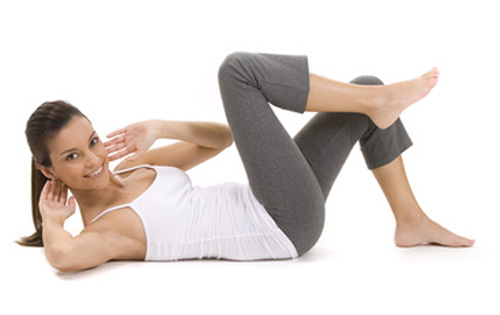 But there’s one last thing before we wrap up. Tracking is a big key to my success. However, there is one thing I don’t want you to calculate. That’s your body mass index (BMI). BMI is an inaccurate, ridiculous statistic that means nothing. So I want you to forget about it.
But there’s one last thing before we wrap up. Tracking is a big key to my success. However, there is one thing I don’t want you to calculate. That’s your body mass index (BMI). BMI is an inaccurate, ridiculous statistic that means nothing. So I want you to forget about it.
Thank you for sharing your time with me. I’d love for you to let me know what you think by leaving a comment. Is the content valuable and helpful? Did anything resonate? Will you take action? What else would you like to see in future posts?
If you know someone that can benefit from this content, please share it with them. And if you like what you see, you can SUBSCRIBE for automatic updates, LIKE US on Facebook, and spread the word about www.thin2win.net with your friends, family and social circles.

